Vietnam Travel Infomation
Travel Ha Giang: Vietnam’s Epic Scenery & Instagram Hotspots
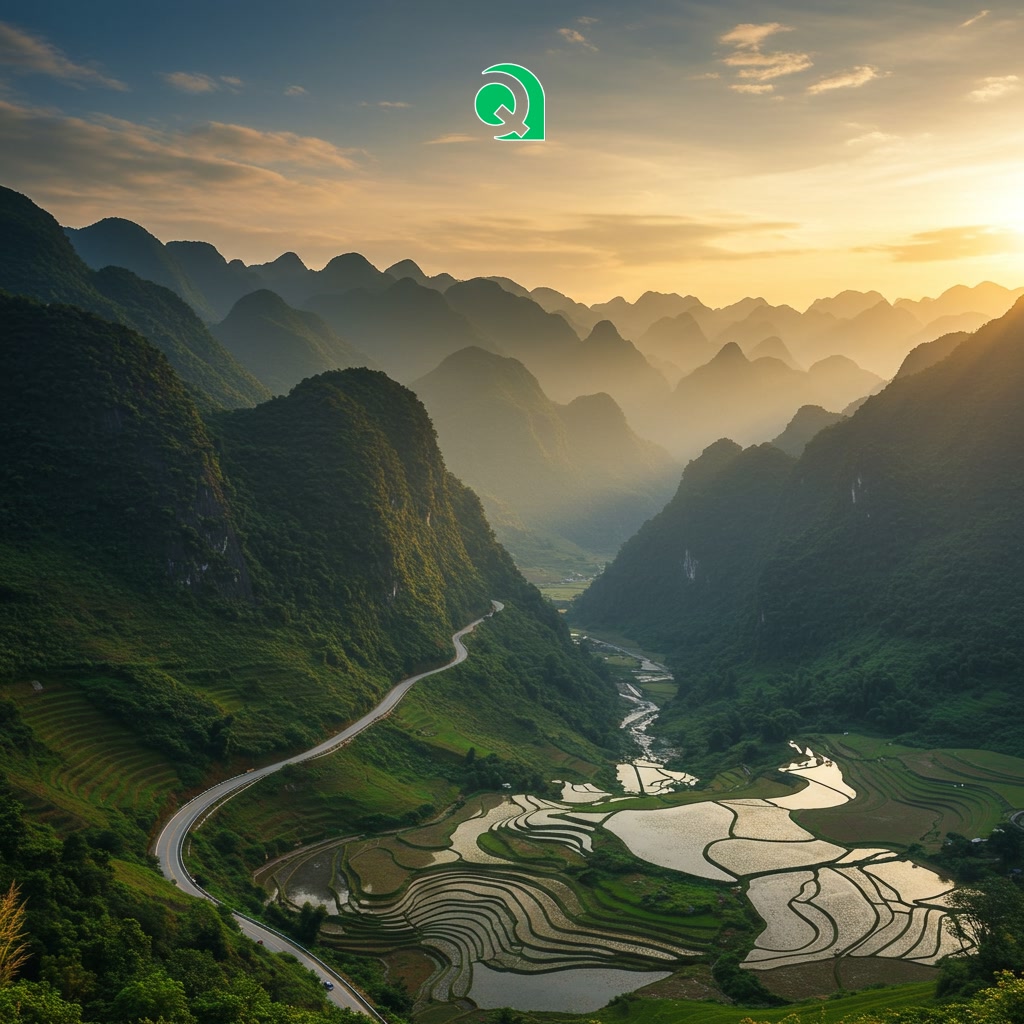
This guide covers traveling through Ha Giang, Vietnam, renowned for its truly epic scenery. It details the region’s stunning landscapes and natural beauty. The content also identifies popular spots ideal for capturing incredible photos and sharing on social media platforms. It serves as a resource for planning a trip focused on experiencing Ha Giang’s visual wonders.
Section 1: Why Travel to Ha Giang? Introduction to Vietnam’s Epic Scenery
Ha Giang, nestled in Vietnam’s far north, is rapidly becoming a must-visit destination, primarily due to its truly epic and unparalleled natural scenery. Unlike more conventional tourist spots, the fundamental reason to travel to Ha Giang is to immerse yourself in its breathtaking landscapes. The region is a dramatic canvas of towering limestone karsts, deep canyons, and verdant valleys carved by time. Home to the UNESCO-recognized Dong Van Karst Plateau Geopark, it offers a stunning display of geological wonders alongside the iconic winding mountain roads and the vibrant green tapestry of terraced rice fields clinging improbably to steep slopes. Traveling here is an adventure defined by the views around every turn, providing a powerful sense of scale and natural beauty that serves as the core motivation for exploring this remarkable part of Vietnam.
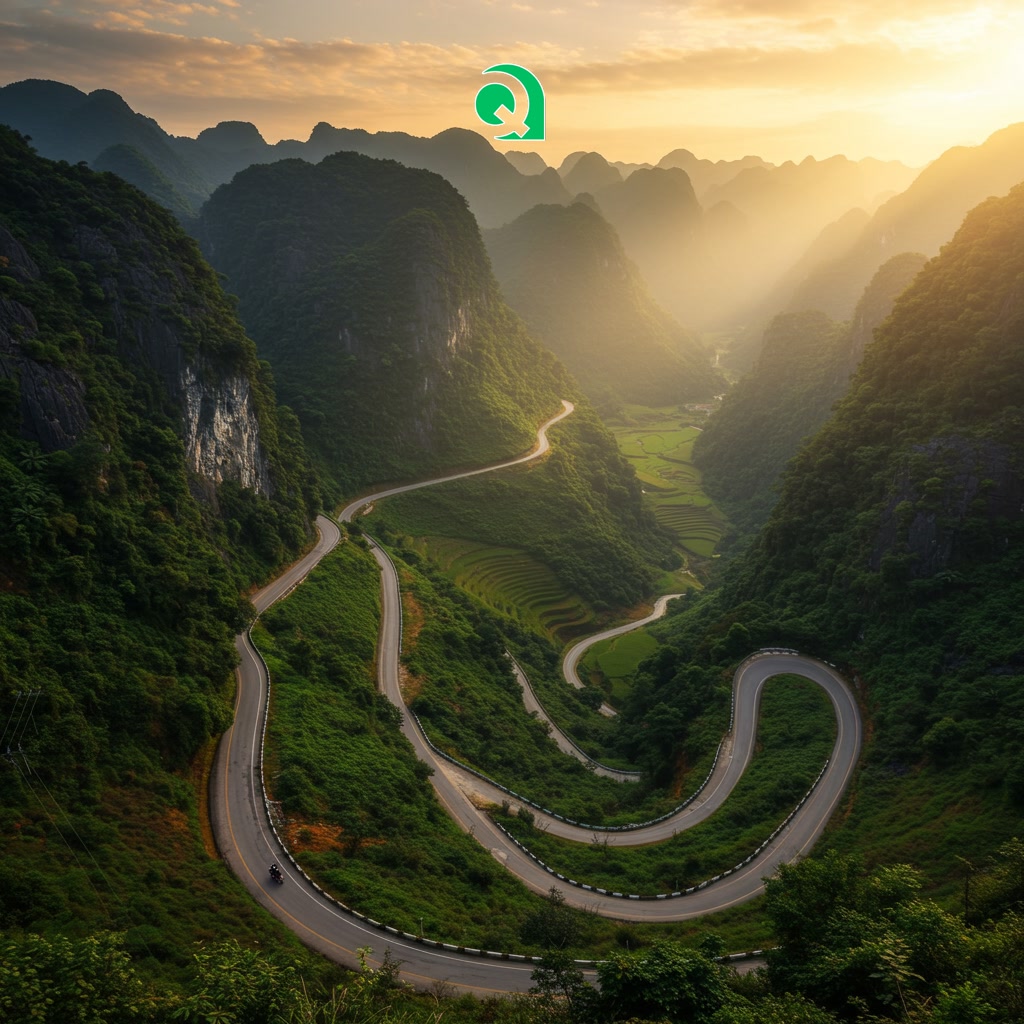
Section 2: Planning Your Trip: Getting to Ha Giang and Best Time to Visit
Planning your journey to Ha Giang requires considering both transportation and timing to maximize the experience of its epic landscapes. Most travelers begin their trip from Hanoi, with common options including overnight sleeper buses, which offer a direct route, or a combination of train/bus to nearby cities followed by a final bus leg. The choice often depends on budget and comfort preference, but direct buses are popular for their convenience. Determining the best time to visit is crucial; September to November offers pleasant weather and the iconic golden rice terraces, while late October to December brings the beautiful pink buckwheat flower season. Spring (March-May) is also lovely with blooming flowers and milder temperatures, though summer (June-August) can be hot and rainy, potentially impacting road conditions on the challenging mountain passes. Avoiding the rainy season peaks ensures safer and more enjoyable travel.
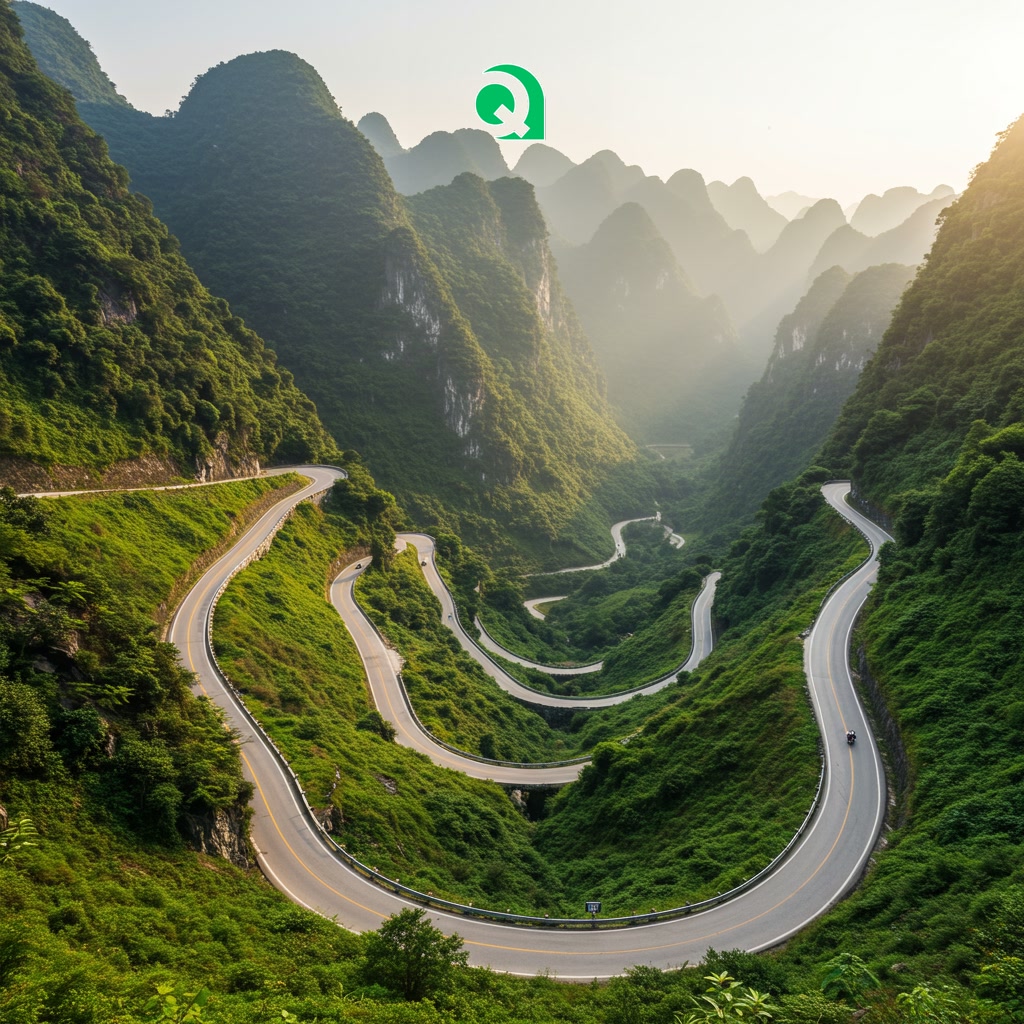
Section 3: Exploring the Highlights: Top Epic Landscapes & Must-See Hotspots
Having planned your logistics, the next crucial step is identifying the iconic locations that define Ha Giang’s breathtaking beauty. The undisputed highlight is the Dong Van Karst Plateau Geopark, a UNESCO recognized area featuring dramatic limestone peaks and deep canyons. Within this geopark lies the legendary Ma Pi Leng Pass, often dubbed the ‘King of Passes’ in Vietnam, offering unparalleled panoramic views of the Nho Que River winding below. Other essential stops include the Lung Cu Flag Tower, marking Vietnam’s northernmost point with sweeping views of the surrounding valleys, and the historic Hmong King’s Palace near Dong Van town, showcasing unique architecture amidst the rugged landscape. These spots are not just natural wonders but also prime locations for capturing stunning photographs that truly represent the epic scale of Ha Giang’s scenery.
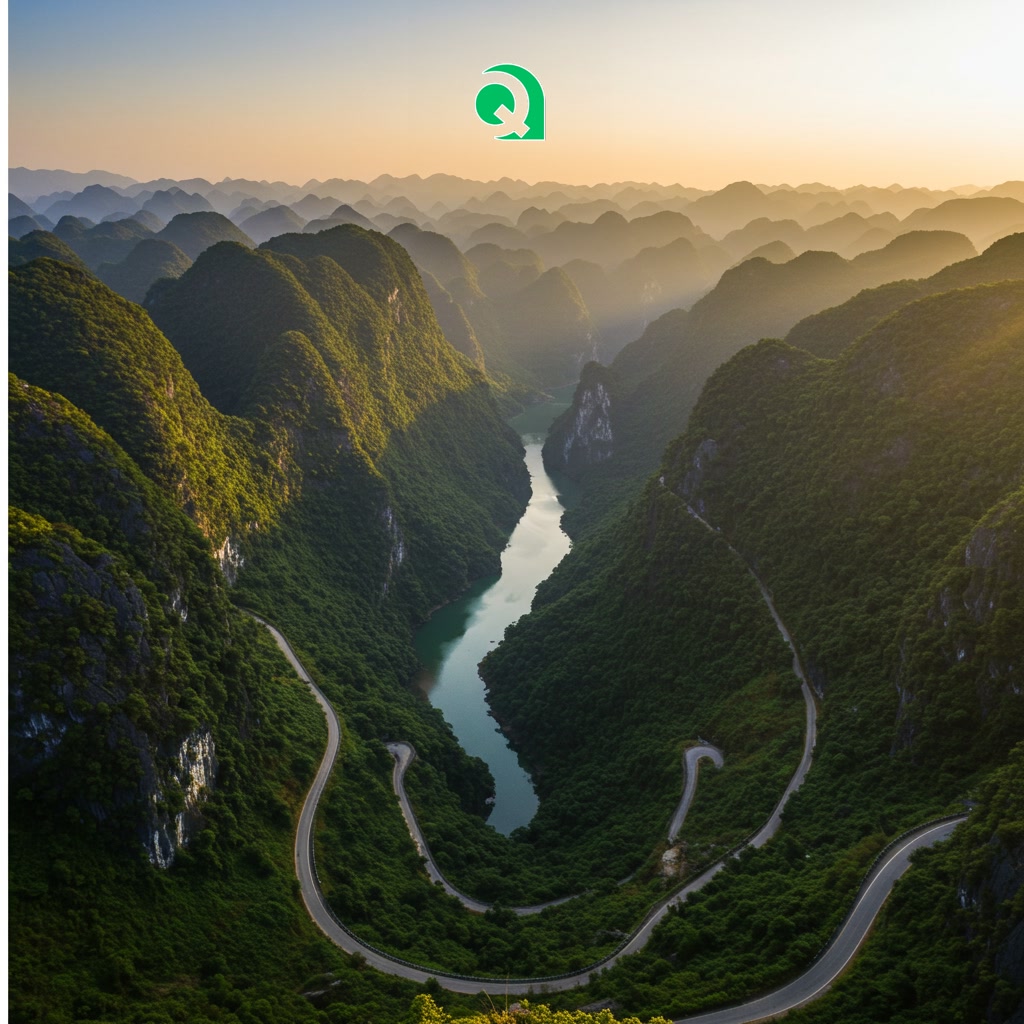
Exploring the Highlights: Top Epic Landscapes & Must-See Hotspots
Section 4: Capturing the Beauty: Ha Giang’s Best Instagram Hotspots & Photography Tips
Building upon the stunning landscapes identified, this section focuses on transforming those breathtaking views into memorable photographs for social media and personal keepsakes. Ha Giang is a photographer’s paradise, with locations like the Ma Pi Leng Pass offering unparalleled panoramic vistas of the Nho Que River gorge – a must-capture spot, especially during the golden hours of sunrise or sunset when the light dramatically sculpts the terrain. Beyond the grand scale, look for opportunities to photograph the intricate patterns of terraced rice fields, the unique architecture of ethnic minority villages like Lung Cu or Pho Bang, and the vibrant colours of local life and markets. Capturing these moments requires patience and an eye for detail, often benefiting from different perspectives and interactions with the friendly locals (always ask permission before taking portraits). Experiment with angles to convey the sheer scale of the mountains or the intricate details of daily life, ensuring your photos truly reflect the unique spirit of Ha Giang.
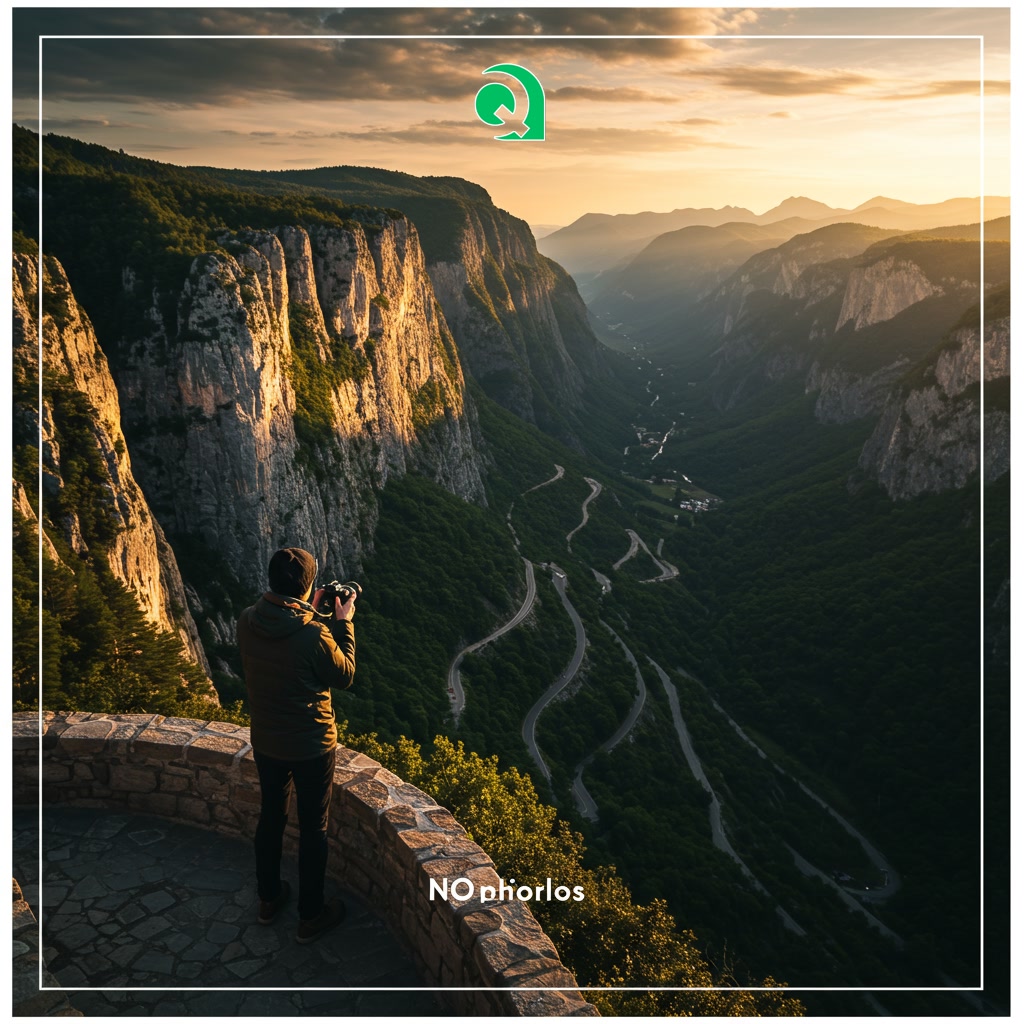
Capturing the Beauty: Ha Giang’s Best Instagram Hotspots & Photography Tips
Section 5: Practical Travel Advice for Your Ha Giang Journey
Traveling through Ha Giang’s incredible terrain requires careful planning to ensure a safe and enjoyable experience. The most popular way to explore is via the Ha Giang Loop, typically done by motorbike, offering unparalleled access to the viewpoints previously mentioned. Essential packing includes layers of clothing due to varying altitudes and weather, sturdy footwear for exploring, rain gear, and sun protection. Booking accommodation, whether guesthouses or homestays, in advance, especially during peak season, is advisable. It’s crucial to prioritize safety when riding, wear a helmet, and be mindful of road conditions. Understanding basic local customs and having some cash on hand will also enhance your journey through this remote but stunning region, allowing you to focus on the breathtaking scenery and capturing those perfect shots.
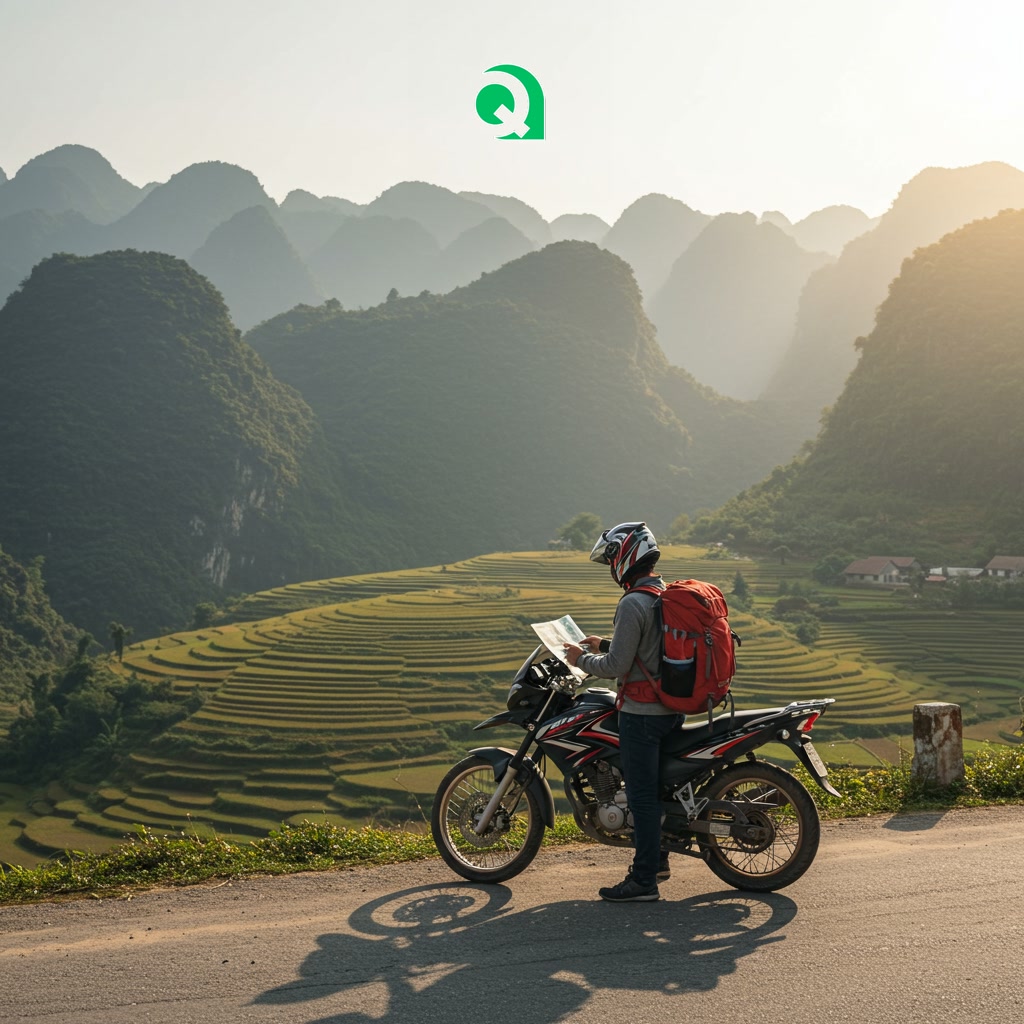
Practical Travel Advice for Your Ha Giang Journey

